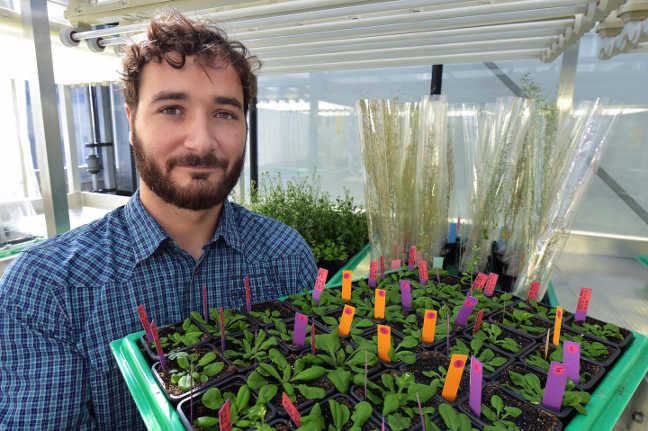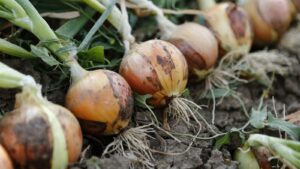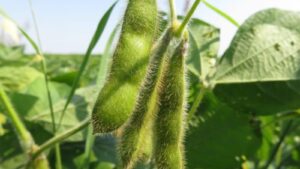Lusciously flowering plants are surrounded by a large number of insects, and usually, both sides profit from such an encounter. The insects feast on the plant juice and pollen, pollinating the flowers and thus securing the plant’s survival. However, sometimes the insects — in this case, a certain species of leafhoppers — can bring disaster to the plants, which they are not able to overcome.
“The insects transmit bacteria, so-called phytoplasmas, which destroy the life cycle of the plants,” says Günter Theißen, a professor at Friedrich Schiller University in Jena, Germany.
Instead of blossoming, the afflicted specimens only form vestigial leaf structures and prevent sexual reproduction.
“These plants become the living dead,” the geneticist points out. “Eventually they only serve the spread of the bacteria.”
Therefore, the scientists also call these plants ‘zombies’.
Theißen and his team of researchers have succeeded in making a significant contribution to understanding the molecular-biological reasons for this phenomenon. In the latest issue of Trends in Plant Science, the researchers explain how the parasites interfere with the development of plants in such a disastrous manner.
One of the main culprits is a protein called SAP54, explains the post-graduate student Florian Rümpler, the lead author of the publication.
“This protein comes from the bacteria and bears a strong structural resemblance to proteins which form a regulatory complex inside the plant, which permits a normal development of the blossom,” he says.
On basis of modeling studies, the Jena scientists showed that the SAP54 protein imitates the structure of certain MADS-domain-proteins in the infected plants so perfectly that they connect with SAP54 instead of their own proteins. This eventually leads to the degradation of the MADS-domain-proteins. This means that they can no longer fulfill their normal function within the regulatory complexes of the blossom development.
“This prevents the formation of petals and flower organs,” Rümpler explains.
Another unanswered question is where the similarity of the molecules comes from.
“It is conceivable that both proteins trace back to a common origin,” Rümpler says. “However, we suspect that this is not the case.”
Hence, Jena University research team postulates that the bacterial protein has in the course of its evolution adapted so precisely to its host.
Whether the new findings will be put into practical use one day remains to be seen. The phenomenon of the phytoplasma infestation has been known for a long time. Fruit growers and allotment gardeners refer to it as ‘broom growth’ on apple trees. And for winegrowers and plant breeders, phytoplasmoses occasionally leads to yield decreases.
“Although, we understand the infection process better now, we are not yet able to prevent it,” Theißen says.
Nevertheless, he and his colleagues consider the new findings a promising basis for further fundamental research. The impact of the phytoplasma infection could for instance be useful for a better understanding the genesis of blossoms in the course of evolution.













